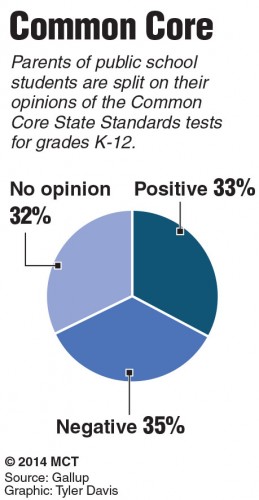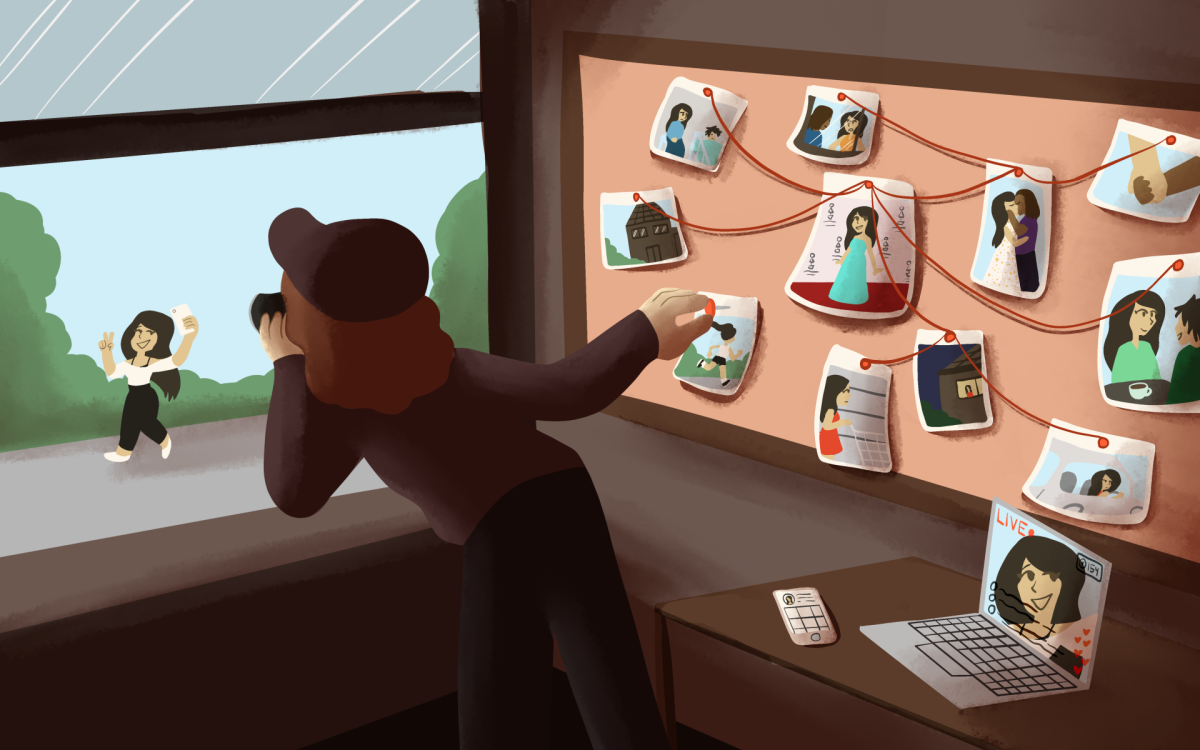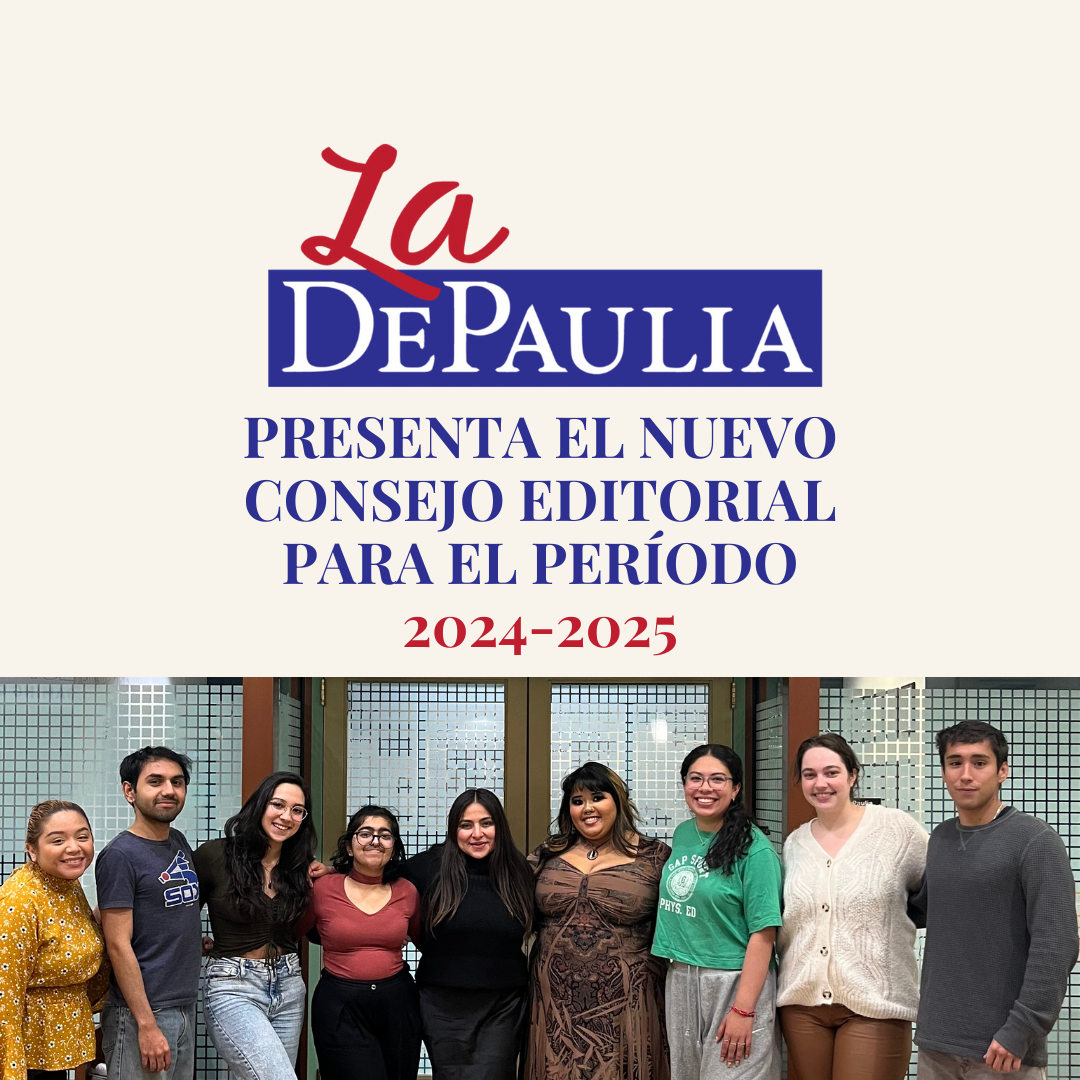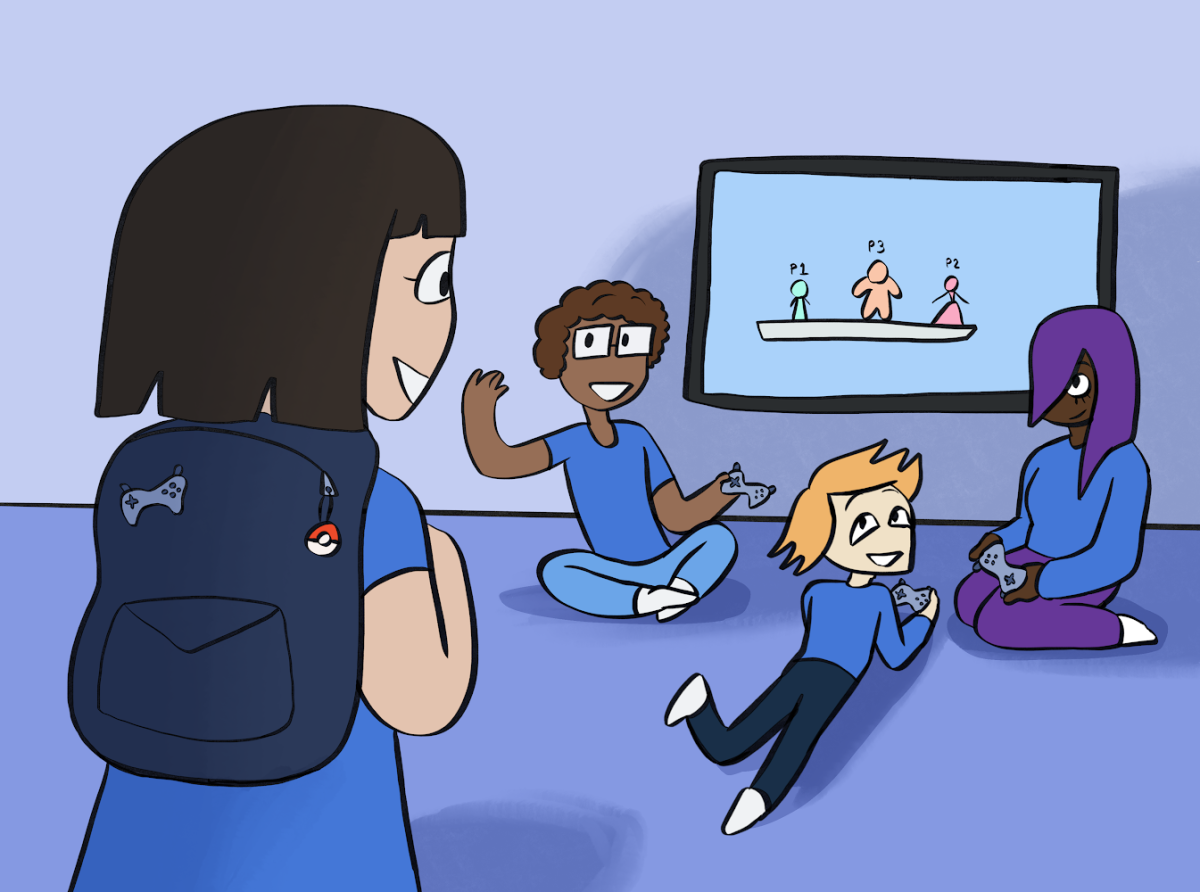
The perpetual cycle of poverty knows no bounds, and though many draw lines, poverty’s effects penetrate virtually all aspects of life. With the implementation of Common Core testing, the negative effects that poverty has on education are becoming increasingly apparent.
Common Core follows the same path as No Child Left Behind, given the exception that it is implemented at the state, not federal, level.
The proponents of Common Core argue that the standardized testing initiative, mainly the Partnership for Assessment of Readiness for College and Careers test, PARCC, bears little resemblance to the No Child Left Behind initiative.
The issue with both the outdated policy and the new one following in its footsteps is that school children living in poverty, roughly 51 percent as of 2013, are left to struggle while the rest of America’s children reach new heights.
The Common Core initiative is attempting to fix our deeply flawed education system with little regard for the fact that the foundation for a “good education” does not exist for every child. The students living in poverty have much more to worry about than passing a standardized test.
Instead of leveling out the playing field by standardizing what is taught in our schools, the focus should be shifted to creating equal opportunity by working to eliminate poverty.
According to the New Mexico Center on Law and Poverty, the state’s national ranking on educational achievement tests fluctuates between 49th and 50th, the lowest in the country. The U.S. Census Bureau reports that in 2014, 17.9 percent of New Mexico’s population was living below the poverty line, the third highest poverty rate in the country. The correlation here is not surprising, but it is alarming that the proponents of Common Core continue to miss the point.
Over the years, schools in lower-income areas all over the country have been hit hard by budget cuts. The Education Trust recently reported that a majority of U.S. states still provide the least amount of funding to the districts serving the most disadvantaged families. In addition to misallocated state funds, a large portion of school funding comes from local property taxes, effectively guaranteeing that students living in low-income neighborhoods will attend a poorly funded school.

If a family below the poverty line is living in a low-income neighborhood, it is likely that public education is their only option. Often, these parents struggle to meet their children’s basic needs.
A child living in poverty can go to school unfed, without a jacket in winter weather, having slept only a few hours the night before and still be expected to learn the same way as a child who is unaffected by poverty. This is only exacerbated by the fact that schools in lower-income areas can barely afford to keep their doors open, let alone provide extra care to their struggling students.
Many schools, especially in New Mexico, have implemented supplementary programs to try to close this learning gap. Teachers often find themselves using their own money to provide snacks, clothing and other necessary supplies to their students.
A teacher in New Mexico reported that she would often dedicate two hours of the beginning of class to assess her students’ needs, allowing them to nap, eat and have a healthy conversational outlet. It is impossible to bring these students to Common Core standards when they can barely meet their basic needs.
The opportunity gap is growing at a rapid rate, and Common Core testing is only accelerating the process. We can continue to ignore the facts and forge ahead, or we can realize that proper education is impossible when paired with inequality. Supplementary programs are a great initiative, but they cannot fund themselves.
A program more comprehensive than Common Core needs to be put in place, a program that accounts for the myriad needs of a diverse student population. The problem here is not varying curriculums or poor teaching. It is inequality. Until the issue of poverty is addressed, Common Core is not only an injustice to children living in poverty, but it is also setting the stage for an even larger inequality gap in America’s future.








Geoff Nixon • May 26, 2015 at 1:54 pm
Despite the surge in spending over 40 years with school classes being smaller, infrastructure of equipment, computers and new buildings for our children student outcomes have barely budged in a positive direction. Clearly something needs to change.